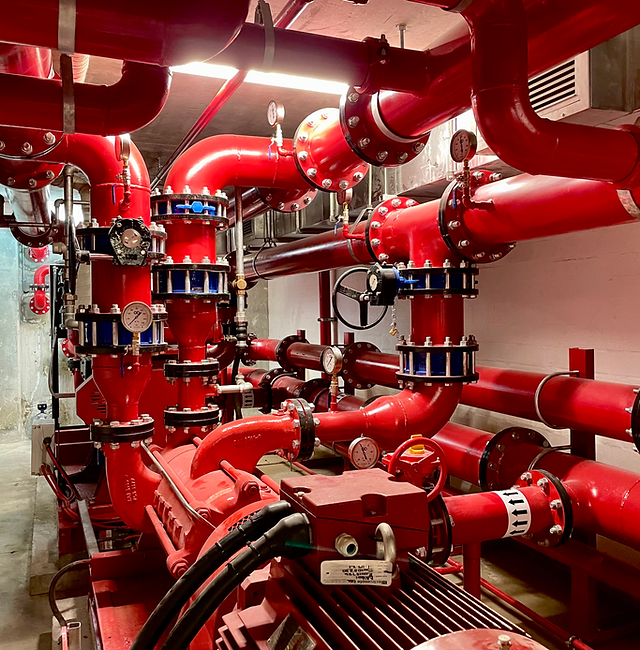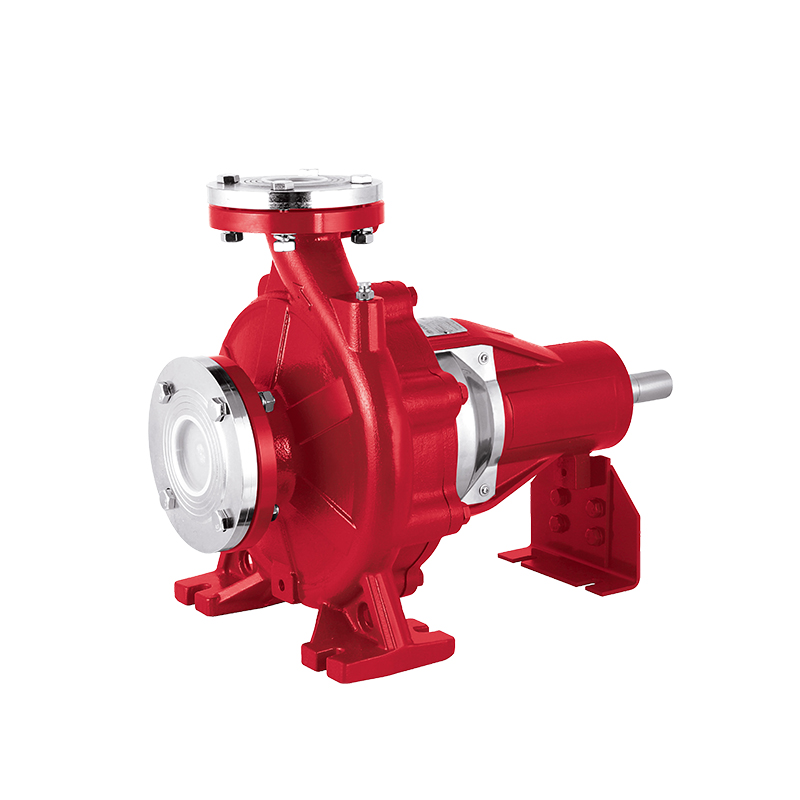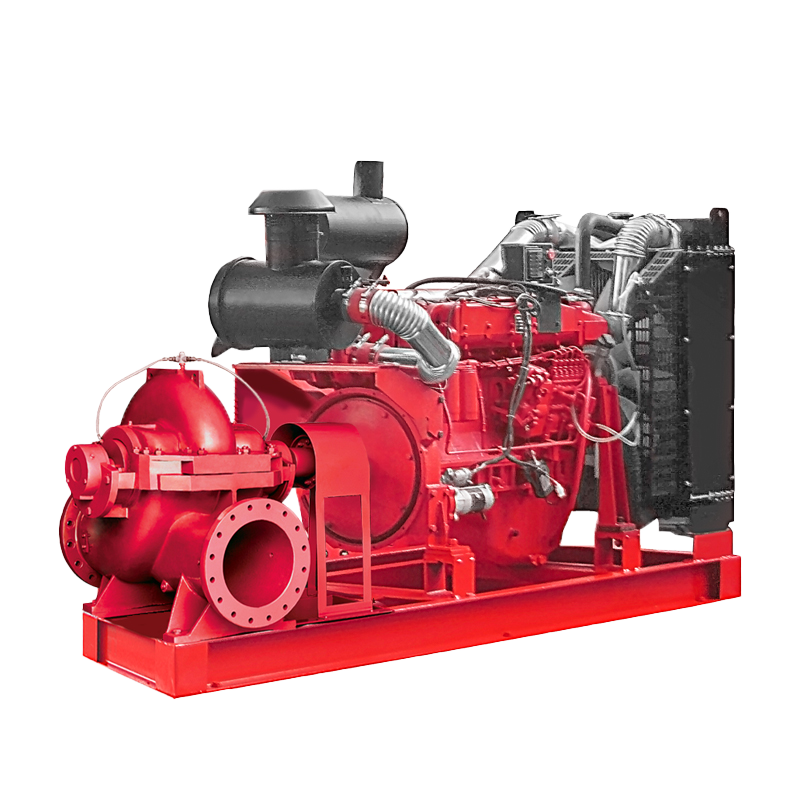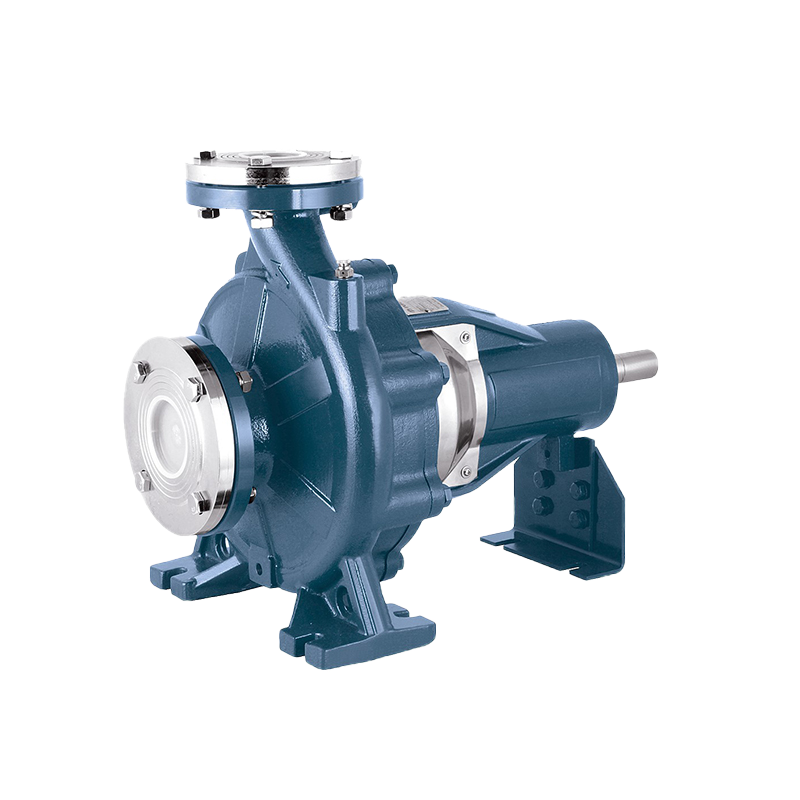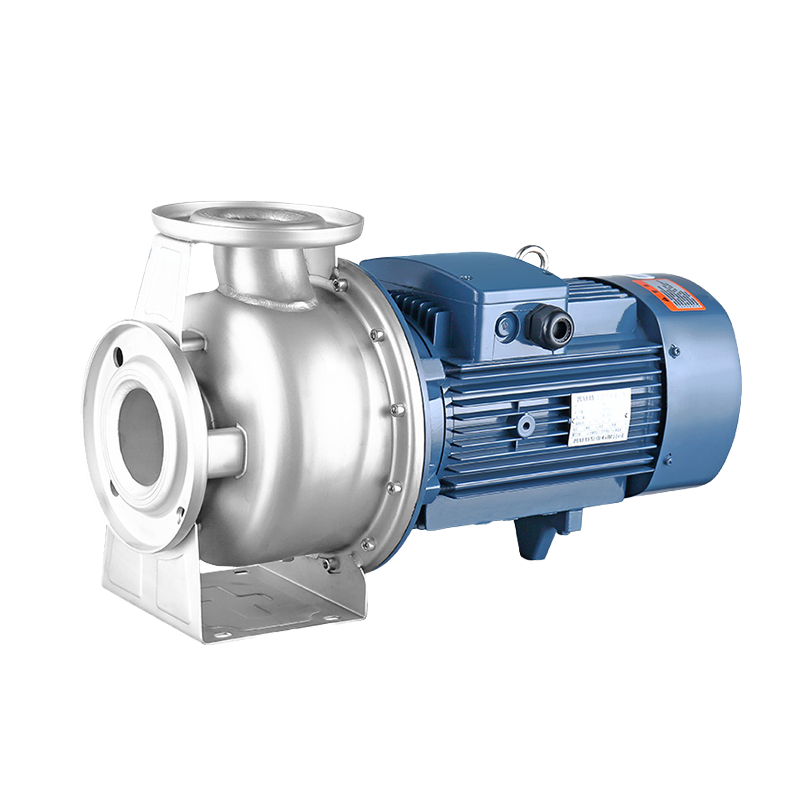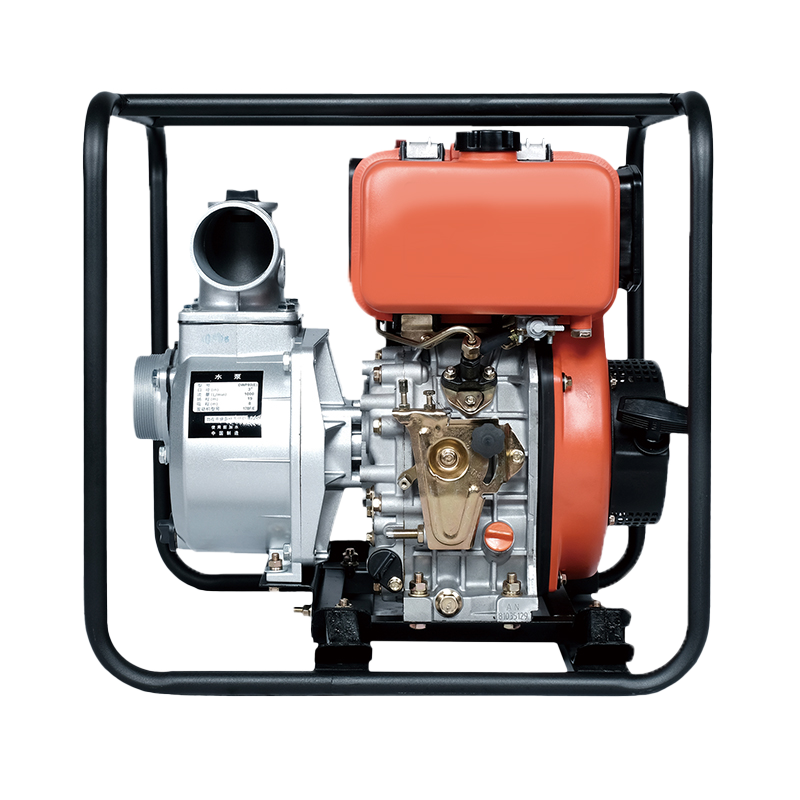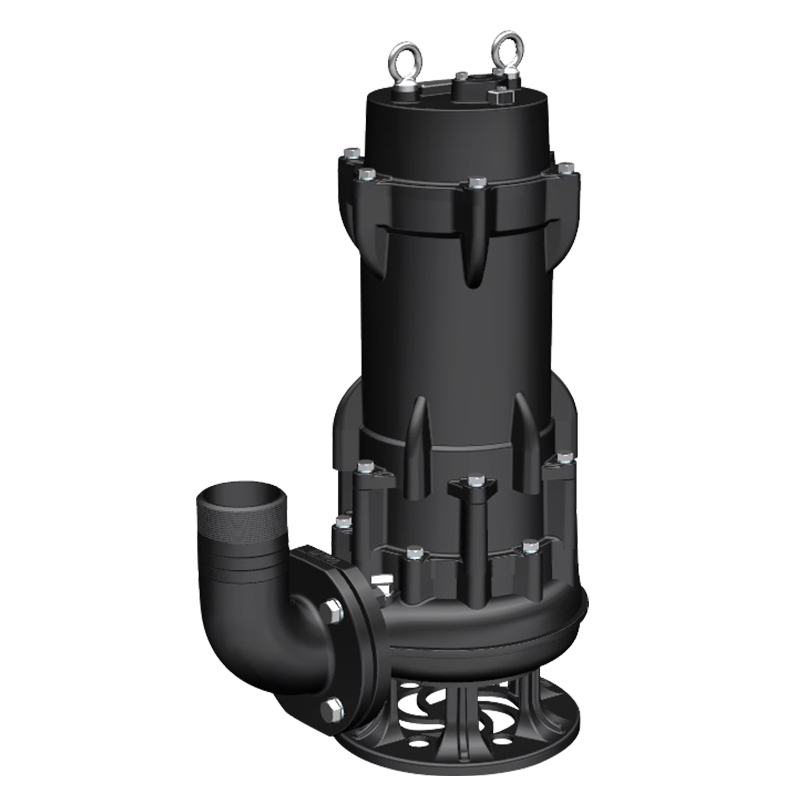The Ultimate Guide to Fire Fighting Systems: Types, Components, and Benefits
A fire fighting system is a crucial safety measure designed to detect, control, and extinguish fires in residential, commercial, and industrial settings. These systems help minimize damage, protect lives, and ensure compliance with safety regulations. In this guide, we’ll explore the different types of fire fighting systems, their key components, and their benefits.
Types of Fire Fighting Systems
1. Water-Based Fire Suppression Systems
Sprinkler Systems: Automatically release water when heat is detected.
Fire Hydrants: Provide a water supply for firefighters.
Water Mist Systems: Use fine water droplets to suppress fires without excessive water damage.
2. Gas-Based Fire Suppression Systems
CO2 Systems: Effective for electrical fires by displacing oxygen.
Clean Agent Systems: Use eco-friendly gases like FM-200 to extinguish fires without residue.
3. Foam-Based Fire Suppression Systems
Ideal for flammable liquid fires (e.g., oil, gasoline).
4. Dry Chemical Fire Suppression Systems
Use powders like ABC or BC to interrupt the chemical reaction of a fire.
Key Components of a Fire Fighting System
Fire Detectors (Smoke/Heat Sensors) – Identify fire hazards early.
Control Panel – Activates alarms and suppression systems.
Alarms & Notification Devices – Alert occupants to evacuate.
Suppression Agents (Water, Gas, Foam, etc.) – Extinguish the fire.
Pumps & Water Storage Tanks – Ensure adequate water supply.
Benefits of Installing a Fire Fighting System
Early Fire Detection – Minimizes response time.
Automatic Suppression – Reduces human intervention.
Property Protection – Limits fire damage.
Life Safety – Ensures safe evacuation.
Regulatory Compliance – Meets fire safety standards.
A well-designed fire fighting system is essential for safeguarding people and property. Whether you need a water-based, gas-based, or foam-based solution, choosing the right system depends on your specific environment and fire risks. Investing in a reliable fire protection system ensures safety, compliance, and peace of mind.
 English
English عربى
عربى
 Fire Pump and System
Fire Pump and System Split Case Pump
Split Case Pump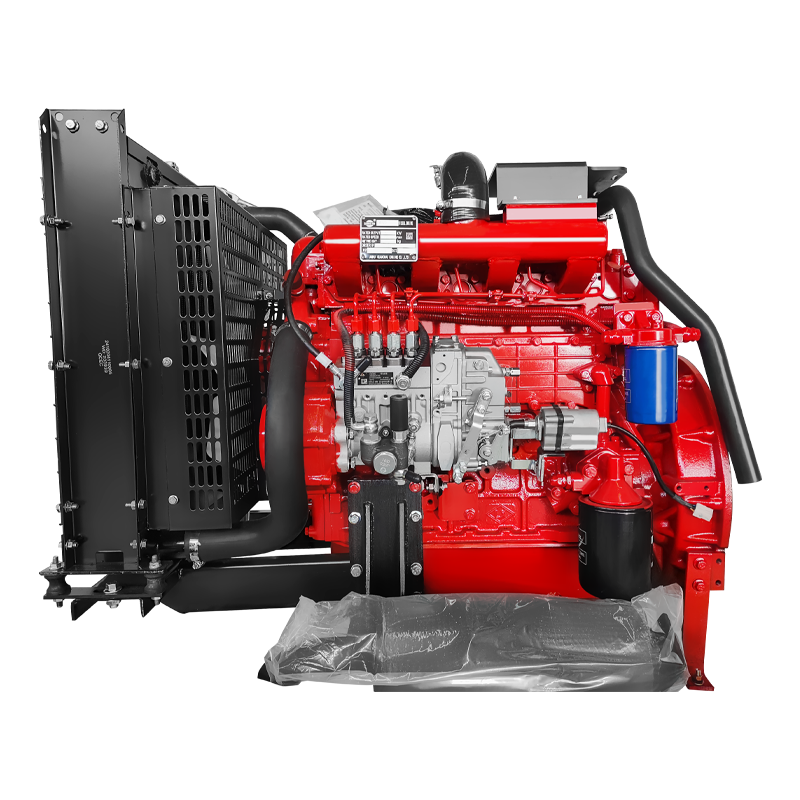 Engine and Pump
Engine and Pump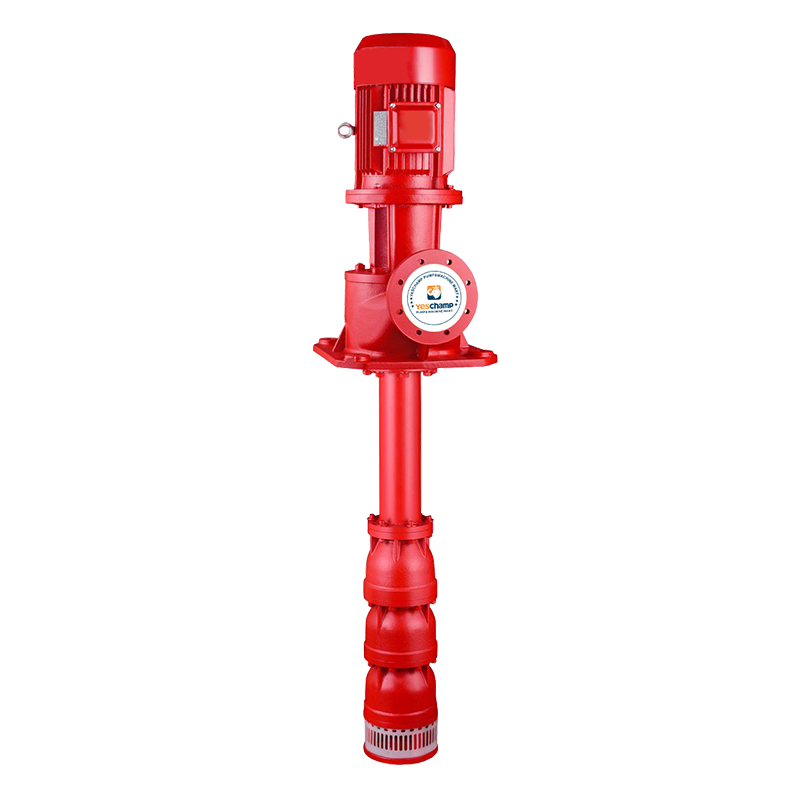 Long Shaft Pump
Long Shaft Pump Multistage pump
Multistage pump Water Supplier System
Water Supplier System Sewage Pump
Sewage Pump Industrial Pump
Industrial Pump Self-Priming Pump
Self-Priming Pump Inline Pump
Inline Pump Domestic Pump
Domestic Pump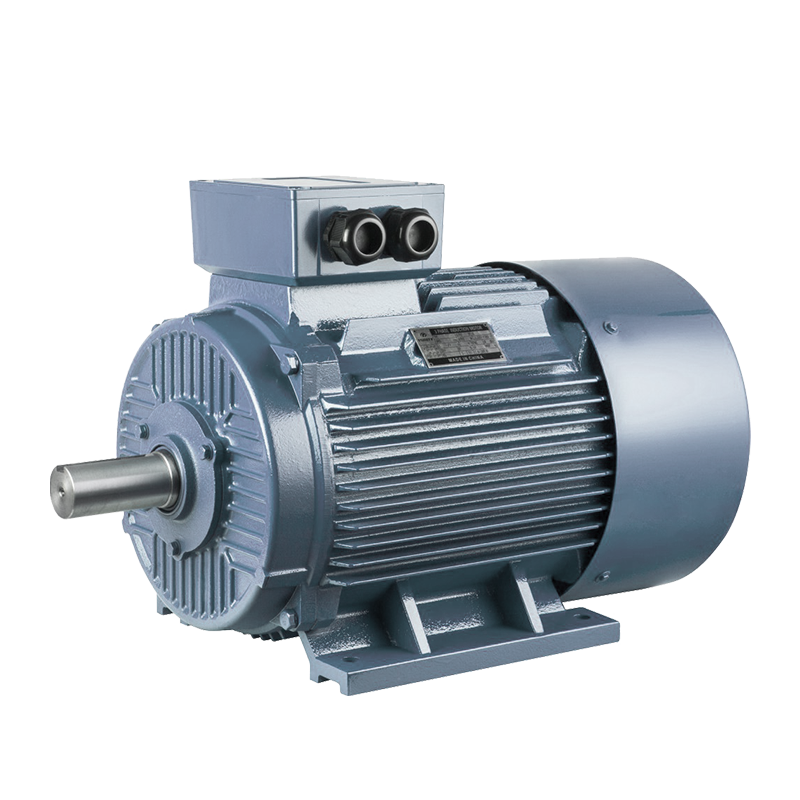 Electric Motor
Electric Motor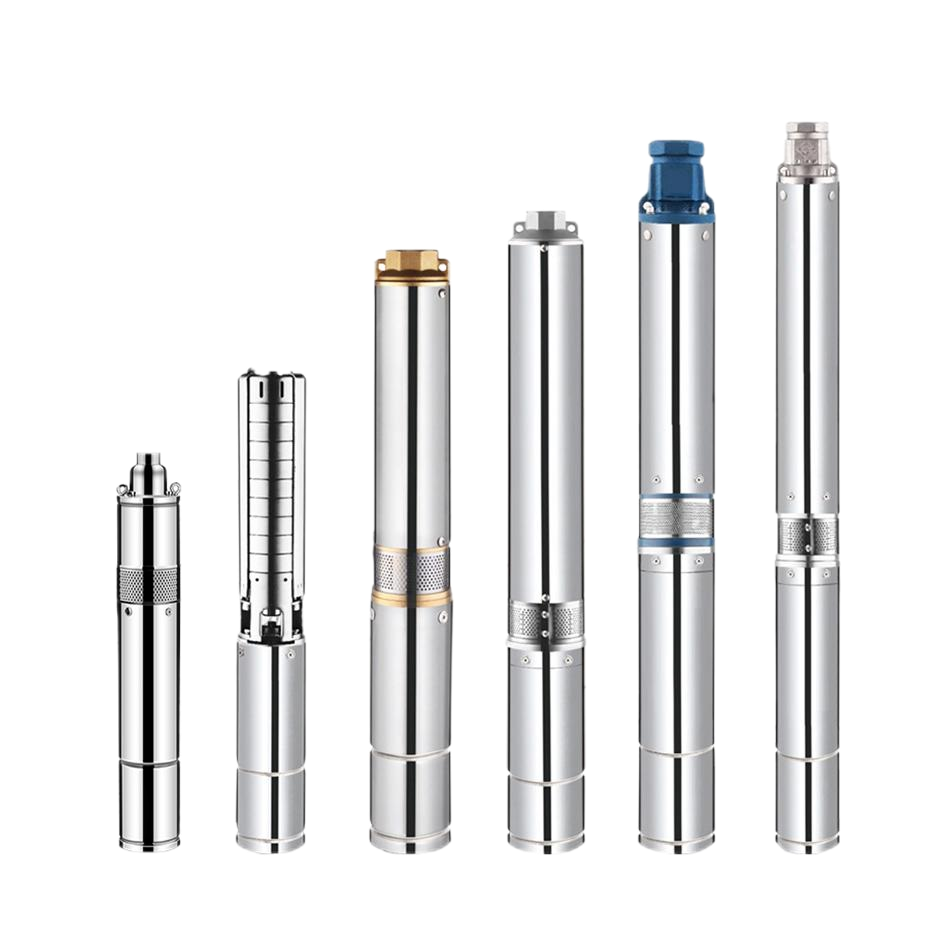 Borehole Pump
Borehole Pump